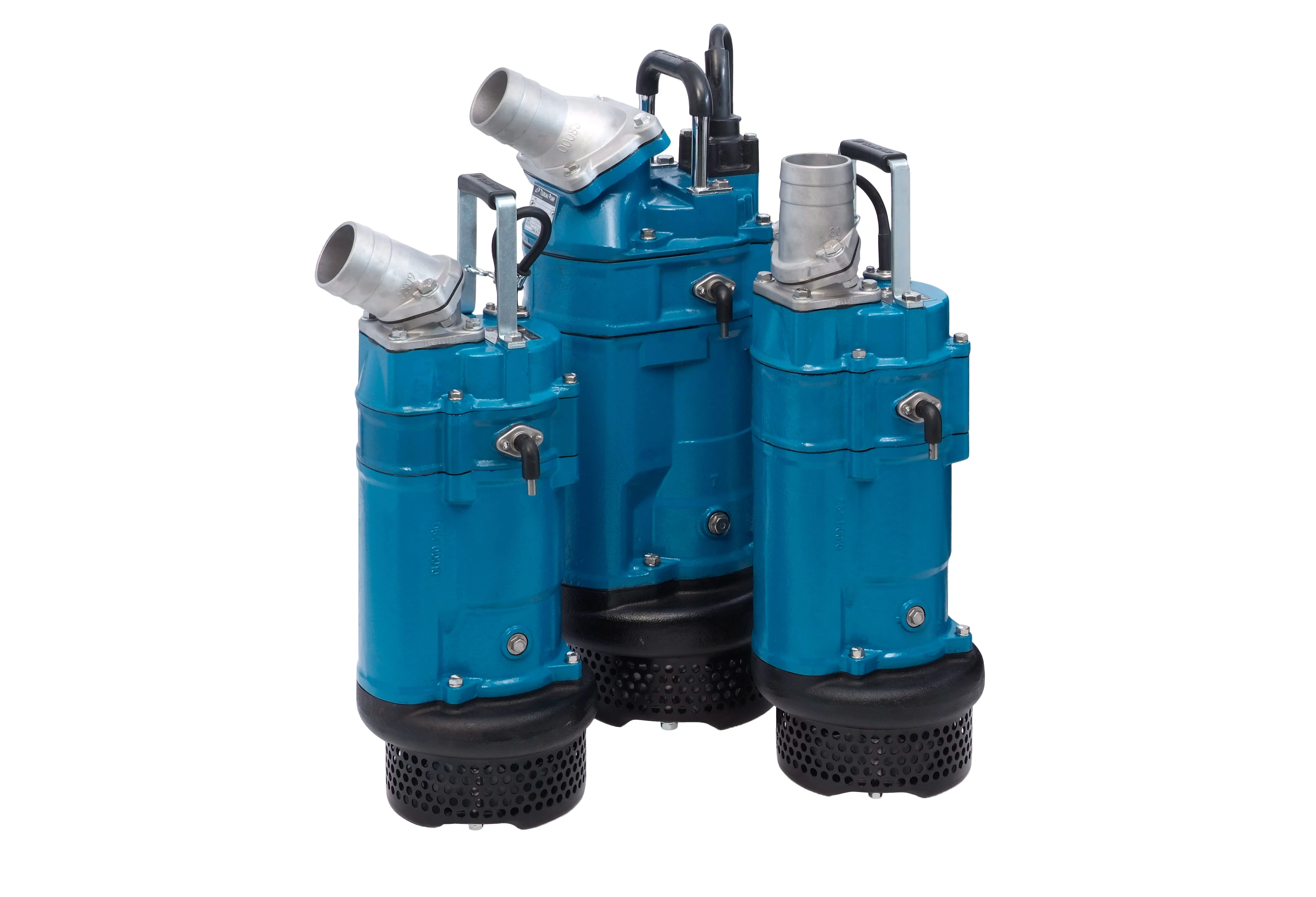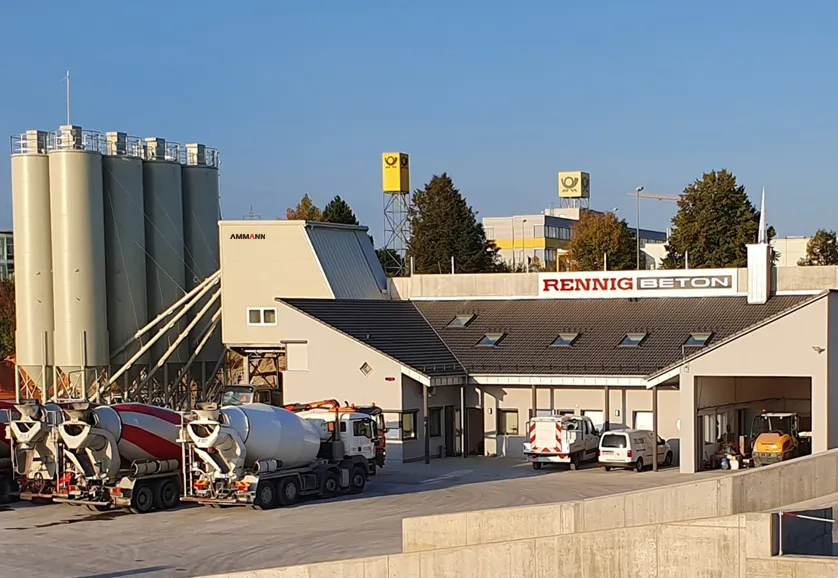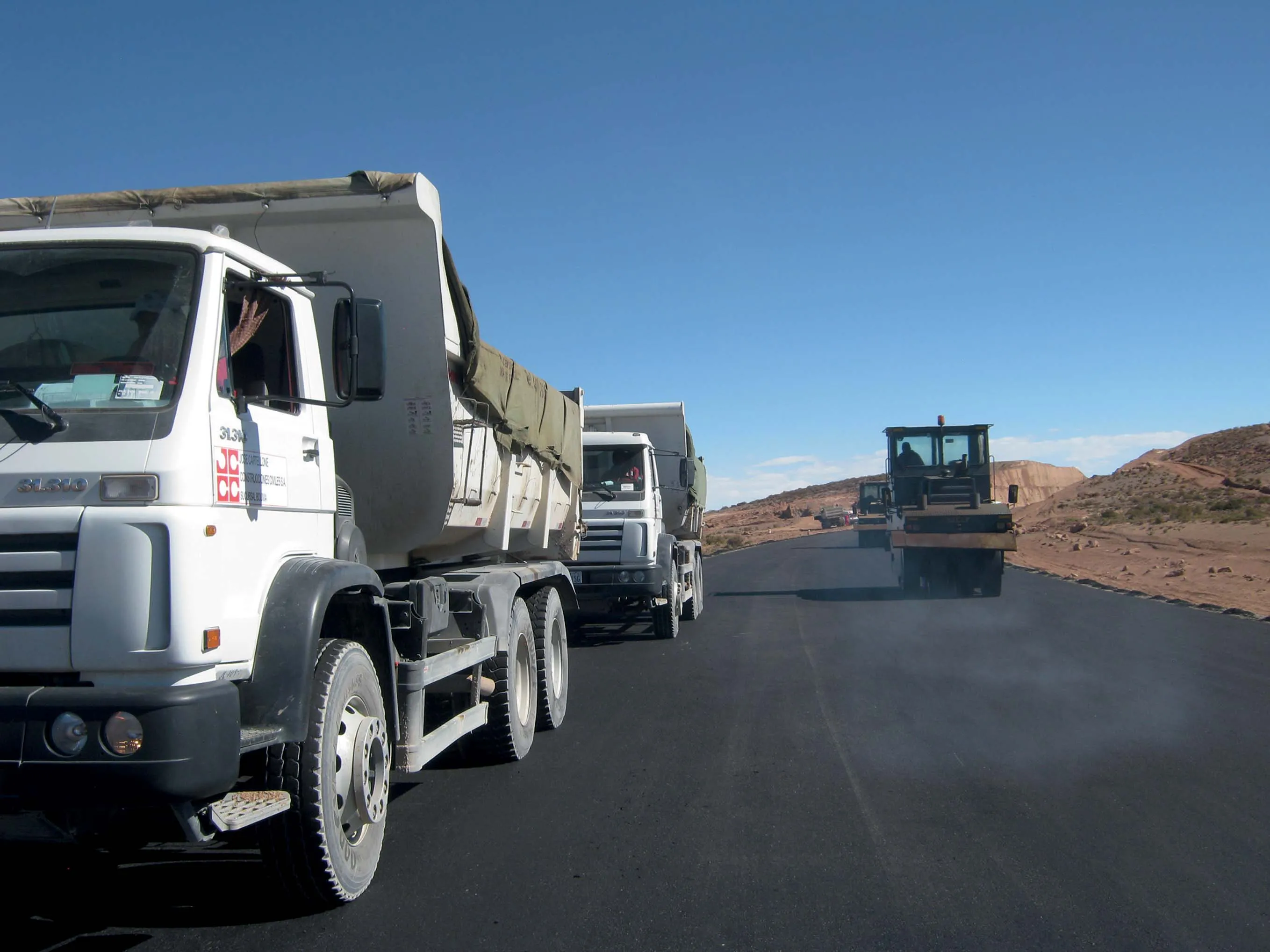Japanese pump manufacturer, Tsurumi, is introducing new drainage pumps to the European market. The new models include a new level sensor KTZE pump as well as the GPN415 and GPN 622 sand pumps. The new drainage KTZE pump is based on Tsurumi’s proven KTZ range, which suits heavy-duty applications.
The new model is available in seven variants with power ratings from 1.5-3.7kW at 400V. The pump can deliver 430-1440litres/min, depending on the model and provides a maximum lifting head of 36.5m. The discharge
December 8, 2014
Read time: 3 mins

RSSJapanese pump manufacturer, 2357 Tsurumi Pump, is introducing new drainage pumps to the European market. The new models include a new level sensor KTZE pump as well as the GPN415 and GPN 622 sand pumps. The new drainage KTZE pump is based on Tsurumi’s proven KTZ range, which suits heavy-duty applications.
The new model is available in seven variants with power ratings from 1.5-3.7kW at 400V. The pump can deliver 430-1440litres/min, depending on the model and provides a maximum lifting head of 36.5m. The discharge of the pump can be adjusted either horizontally or vertically, which helps to keep the pump standing in the direction of discharge, although the pump can run in any position. A novel feature is that stable electrodes determine the level of control in the pump, increasing reliability and providing a benefit on-site where the ground is not flat. The automatic pump can be left unattended saving substantial operating costs. The pump starts when the sensor identifies the correct water level and then stops. The user can adjust the level required.
This versatile pump can be used for dirty water solutions such as rainwater, sandy water and groundwater, including water contaminated with granular solids up to 8.5mm in diameter. The housing is made of cast iron and is resilient as the semi-open vortex impeller is made of chromium cast iron and the double mechanical seal, in the oil chamber, is made of silicon carbide.
Tsurumi is also expanding its GPN pumps, and is launching the new GPN415 with its 15kW motor and GPN 622 with a 22kW motor, which are designed specifically for sand contaminated pumping applications. Also new are the KTD22.0 and KTD33.0 models. The KTD pump is an agitator version of Tsurumi’s most popular cast iron pump from its KTZ series. Launched recently were the LH4110W pump from the LH-W range and a GSZ-75-4L pump from the GSZ range. The LH4110W high head submersible pump features the largest pumping head in the779 Tsurumi Europe range and can pump water up to a maximum head of 218m. It has a maximum capacity of 2m3/min and a motor output of 110kW. The GSZ-75-4L submersible dewatering pump features the biggest pumping capacity in Tsurumi Europe’s range with the maximum volume of 17.6m3/min. It pumps over a delivery head of 38m and has a four-pole motor for increased life of wear parts, featuring a 75 kW motor output.
The new model is available in seven variants with power ratings from 1.5-3.7kW at 400V. The pump can deliver 430-1440litres/min, depending on the model and provides a maximum lifting head of 36.5m. The discharge of the pump can be adjusted either horizontally or vertically, which helps to keep the pump standing in the direction of discharge, although the pump can run in any position. A novel feature is that stable electrodes determine the level of control in the pump, increasing reliability and providing a benefit on-site where the ground is not flat. The automatic pump can be left unattended saving substantial operating costs. The pump starts when the sensor identifies the correct water level and then stops. The user can adjust the level required.
This versatile pump can be used for dirty water solutions such as rainwater, sandy water and groundwater, including water contaminated with granular solids up to 8.5mm in diameter. The housing is made of cast iron and is resilient as the semi-open vortex impeller is made of chromium cast iron and the double mechanical seal, in the oil chamber, is made of silicon carbide.
Tsurumi is also expanding its GPN pumps, and is launching the new GPN415 with its 15kW motor and GPN 622 with a 22kW motor, which are designed specifically for sand contaminated pumping applications. Also new are the KTD22.0 and KTD33.0 models. The KTD pump is an agitator version of Tsurumi’s most popular cast iron pump from its KTZ series. Launched recently were the LH4110W pump from the LH-W range and a GSZ-75-4L pump from the GSZ range. The LH4110W high head submersible pump features the largest pumping head in the








